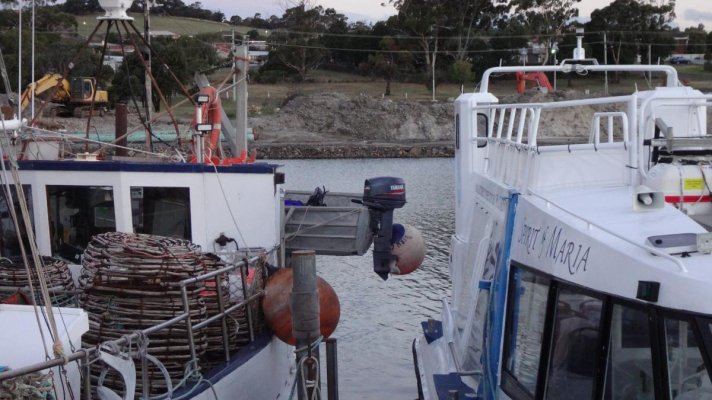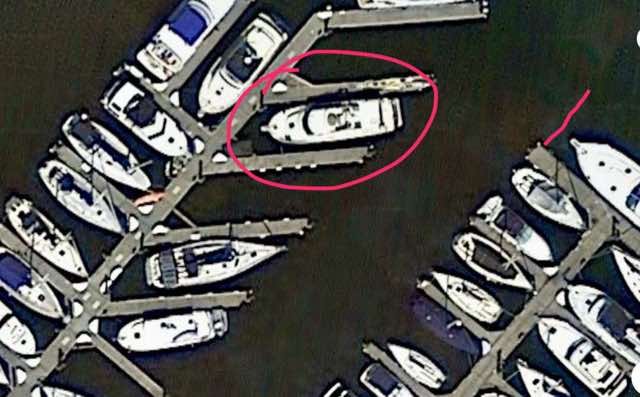FutureLooper
Member
In the marina setup with a fairway running vertically and slips to port and starboard perpendicular to the fairway, how wide (in relation to the slip length) should the fairway be to allow for proper maneuvering?
Example, slips to both port and starboard are 35' long, and have floating concrete fingers between them (no piers/piling). How wide should the fairway be, at a minimum? 1.5x slip length? 2x slip length?
Thx
Example, slips to both port and starboard are 35' long, and have floating concrete fingers between them (no piers/piling). How wide should the fairway be, at a minimum? 1.5x slip length? 2x slip length?
Thx



